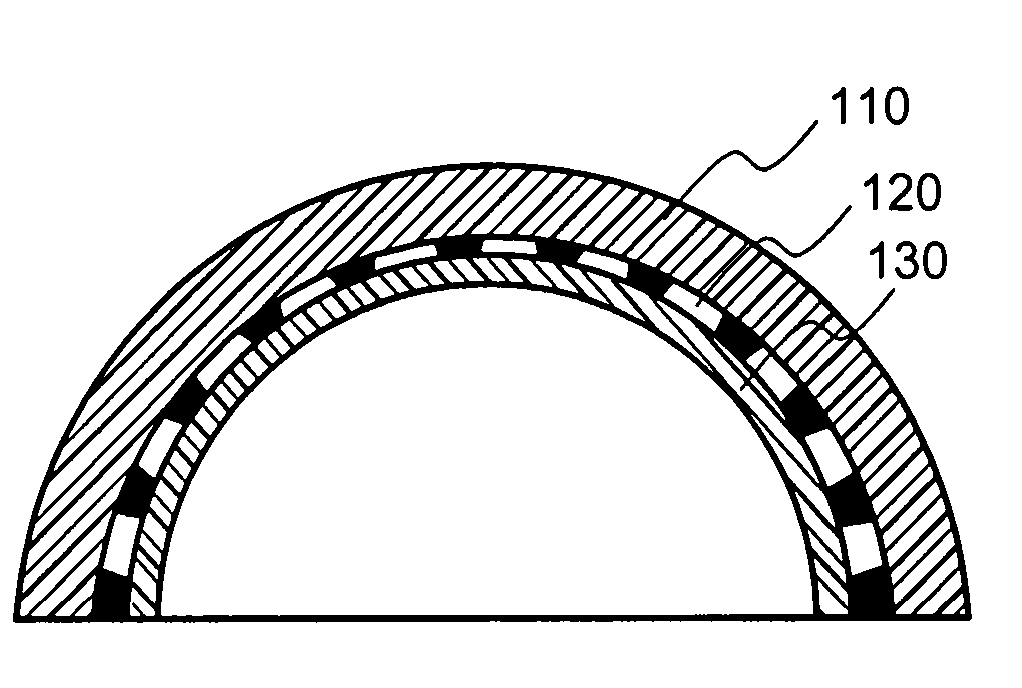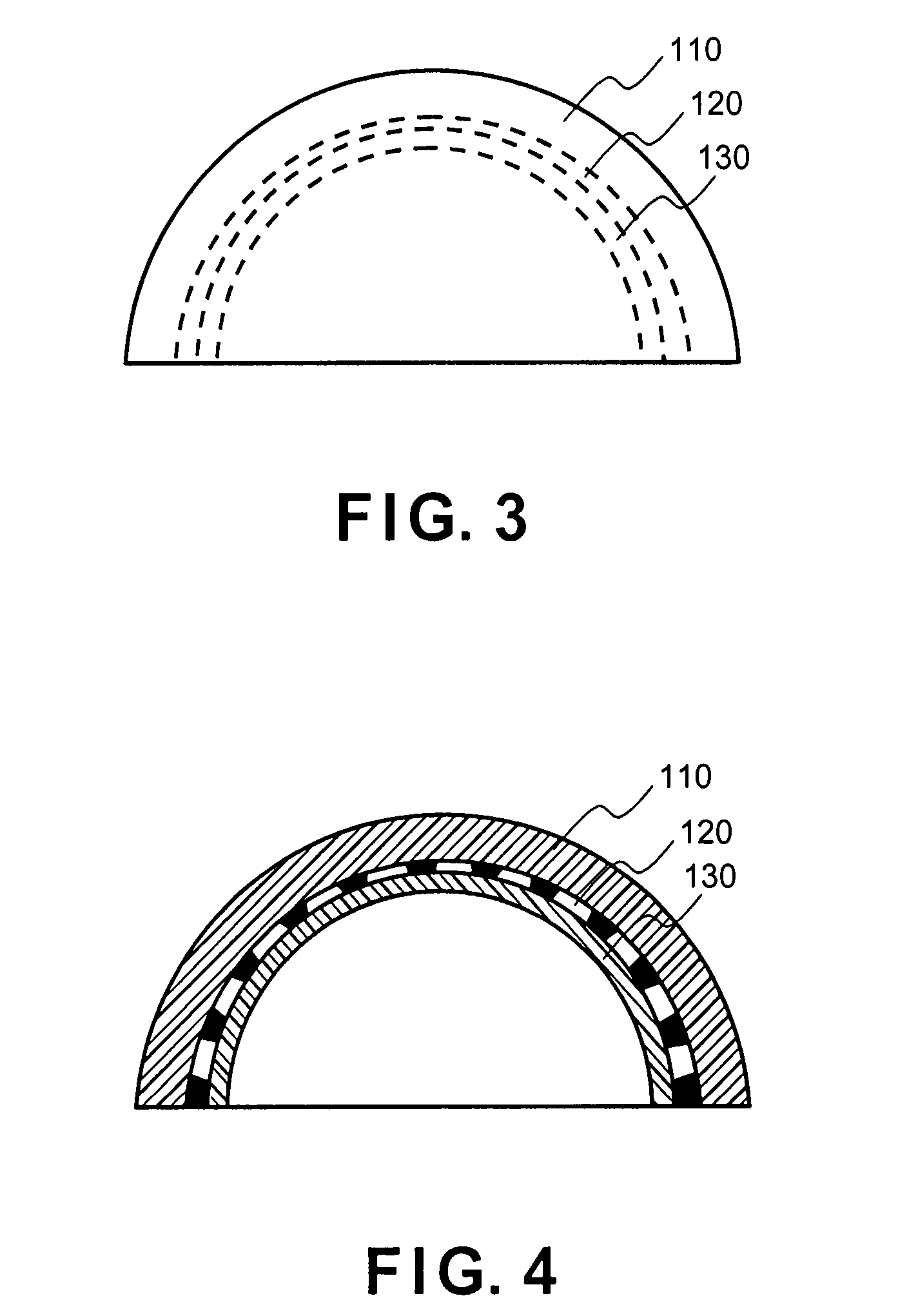Method and apparatus for pad printing of artificial glass eyes
a technology of artificial glass eyes and pad printing, which is applied in the field of printing inks, can solve the problems of inks that are not easily removed in the dishwasher or by touching or rubbing, inks may still be scratched off, inks may still be susceptible to physical wear, scratching, delamination, etc., and achieves the effects of reducing the risk of accidental damag
- Summary
- Abstract
- Description
- Claims
- Application Information
AI Technical Summary
Benefits of technology
Problems solved by technology
Method used
Image
Examples
Embodiment Construction
[0029] It is to be understood that the figures and descriptions of the present invention have been simplified to illustrate elements that are relevant for a clear understanding of the present invention, while eliminating, for the purposes of clarity, many other elements which may be found in the present invention. Those of ordinary skill in the pertinent art will recognize that other elements are desirable and / or required in order to implement the present invention. However, because such elements are well known in the art, and because such elements do not facilitate a better understanding of the present invention, a discussion of such elements is not provided herein.
[0030] Turning now to FIGS. 1 through 4, there is shown artificial eye 100. Eye 100 comprises substrate 110, graphical or decorative ink 120 and barrier material 130. Generally, decorative ink 120 is applied to the inner or convex surface of substrate 110, preferably by pad printing techniques. Barrier Layer 130 may the...
PUM
 Login to View More
Login to View More Abstract
Description
Claims
Application Information
 Login to View More
Login to View More - R&D
- Intellectual Property
- Life Sciences
- Materials
- Tech Scout
- Unparalleled Data Quality
- Higher Quality Content
- 60% Fewer Hallucinations
Browse by: Latest US Patents, China's latest patents, Technical Efficacy Thesaurus, Application Domain, Technology Topic, Popular Technical Reports.
© 2025 PatSnap. All rights reserved.Legal|Privacy policy|Modern Slavery Act Transparency Statement|Sitemap|About US| Contact US: help@patsnap.com



